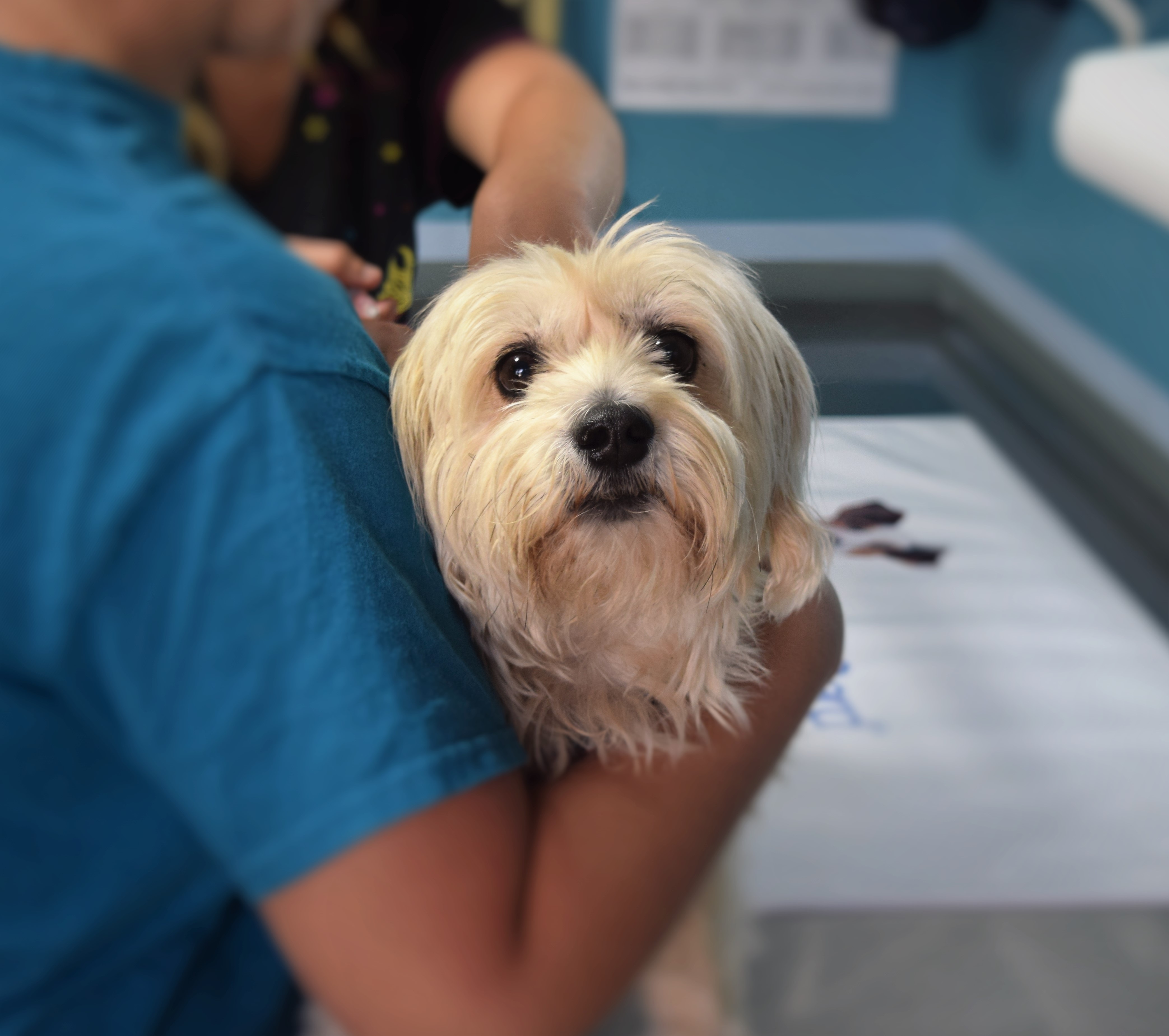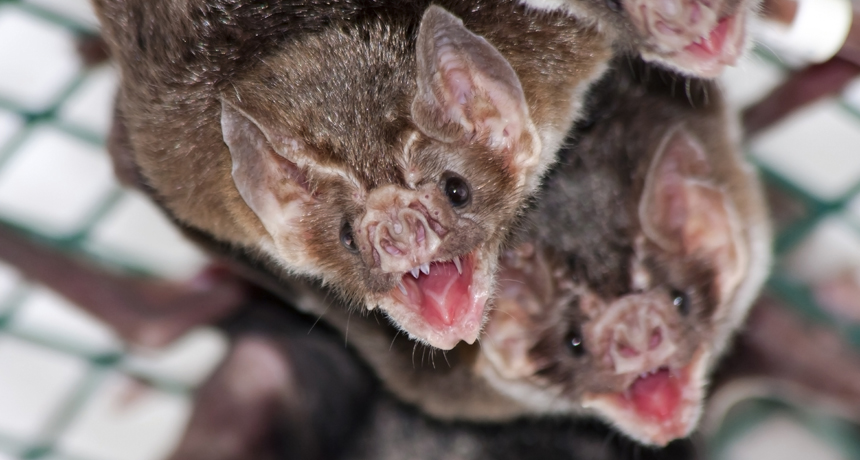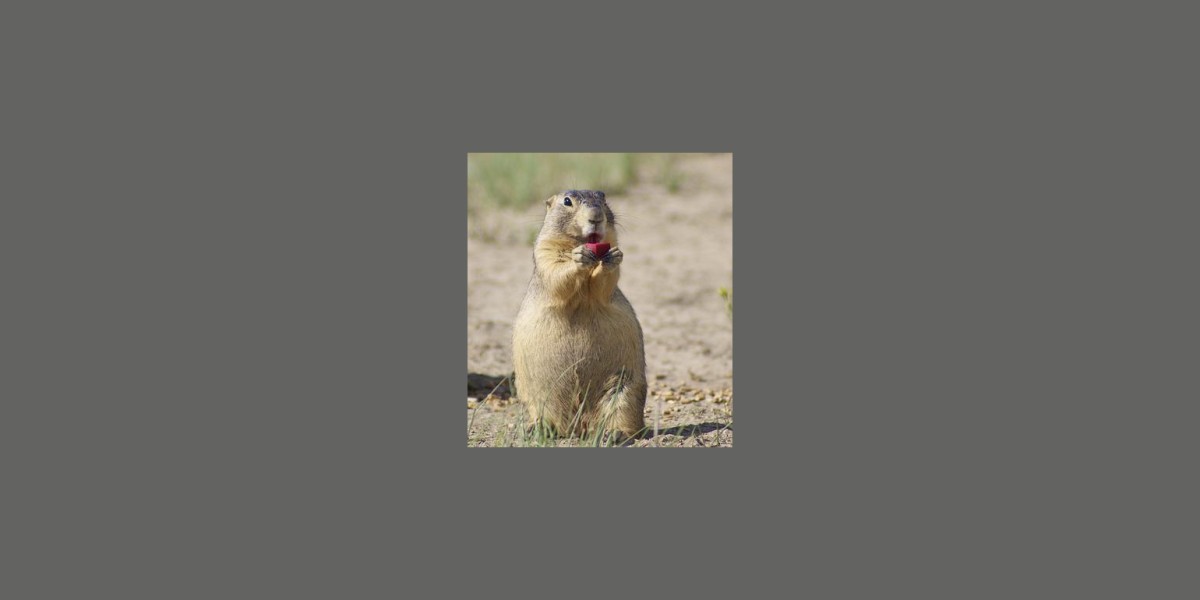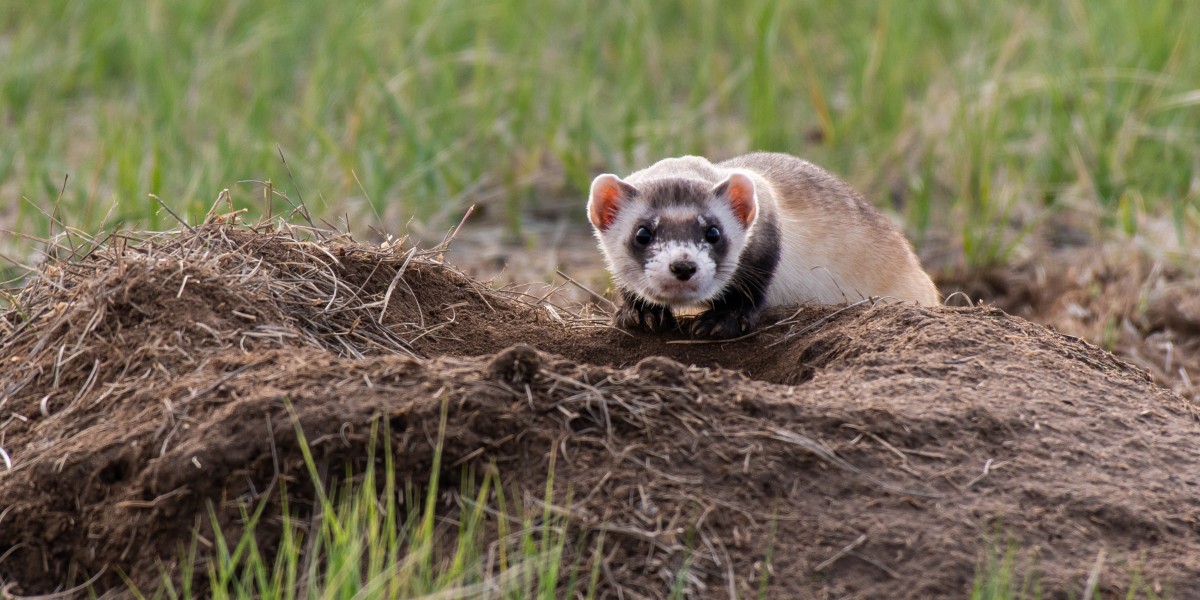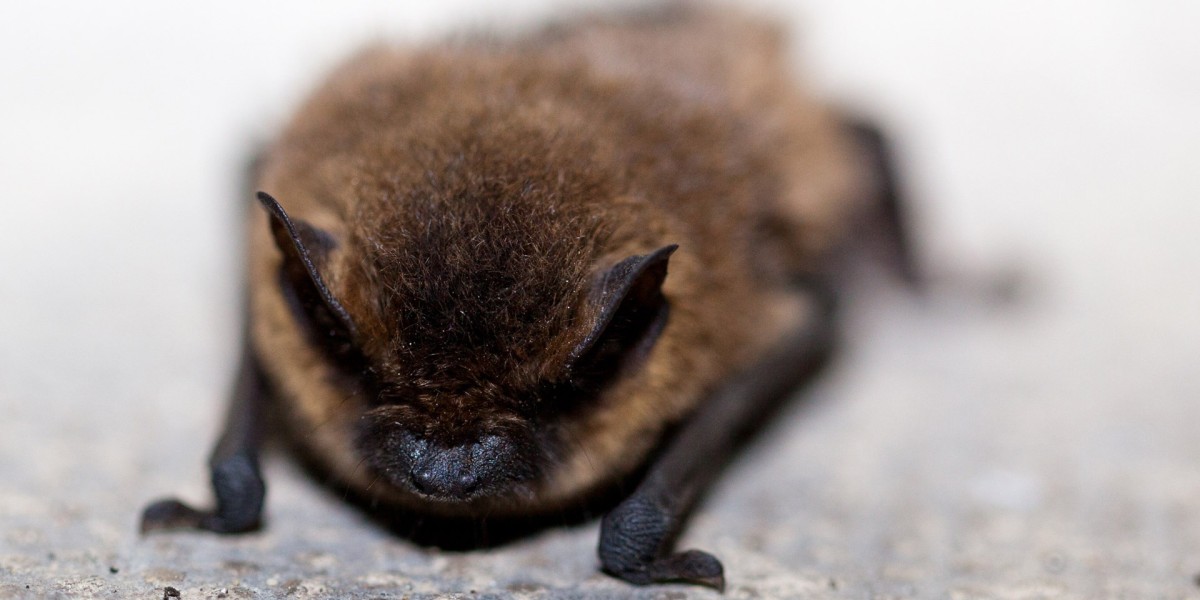Each fall we see announcements reminding us to get a flu shot and those of us with pets get reminders from our vets to bring Fluffy in for her annual shots. These shots are vaccinations intended to help our immune systems protect us from a disease. They prevent outbreaks of disease in humans and domestic animals. But what about wild animals? Do they get vaccinated too?
Fluffy at the veterinarian, ready (?) for vaccinations
Just as for people and pets, vaccines can be used in wildlife to prevent disease. Vaccines have been developed to prevent wildlife diseases that threaten public health, livestock production, and species of conservation concern (see Table below). Oral vaccination is the most common method, because wild animals do not need to be captured to be given a shot; they can eat a tasty bait containing the vaccine to become immunized.
Table. Vaccines can be used in wildlife to combat disease with public health, agricultural, and conservation impacts.
| Motivation for Vaccination Program | Disease | Wildlife Target Species |
|---|---|---|
|
Public health impacts |
Rabies | Raccoon, coyote, fox, skunk, bats, raccoon dog, golden jackal |
| Lyme Disease | Deer mice | |
| Sylvatic plague | Prairie dogs, rodents | |
| Bovine Tuberculosis | White-tailed deer, Eurasian badger, brushtail possum, wild boar | |
|
Economic effects on the livestock industry |
Classical swine fever | wild boar |
| Rabies | Vampire bat | |
| Brucellosis | Bison, Elk | |
|
Conservation concerns for wildlife species |
Sylvatic plague | Black-footed ferret, prairie dog |
| White-nose syndrome | Hibernating bats | |
| Rabies | Ethiopian wolf | |
| Canine distemper | Tigers, lions, African wild dog, Ethiopian wolf |
Perhaps the most well-known and successful wildlife vaccine is the oral rabies vaccine. Rabies is a viral disease spread by the saliva of infected animals, usually through a bite. Wild carnivores (raccoons, coyotes, foxes, skunks, bats) act as sources of the infection for other wildlife, domestic animals, and people. Injectable rabies vaccines are used to protect pets, livestock and people, such as veterinarians or animal control officers, at risk of coming into contact with rabid animals. Because giving shots to large populations of wild animals is difficult, an oral rabies vaccine was developed in the 1970s. The vaccine is contained inside a plastic pouch that is either inserted into a block of fish- or bone-meal or is coated with fish-meal crumbles.
The fish scent attracts the target animals: raccoons, foxes, and coyotes. As they bite into the bait, the plastic sachet is broken, releasing the vaccine into their mouths where the vaccine can activate the immune system. The oral rabies vaccine has been highly successful in eliminating rabies in coyotes in the U.S., the gray fox in Texas, and the red fox in parts of Europe. By reducing rabies in wild animals, the risk to people and domestic animals is also decreased.
Lyme disease, caused by the bacteria Borrelia burgdorferi, is another disease that affects people and their pets and is associated with wildlife. The bacteria circulates in deer mice and is transmitted by deer ticks. An oral vaccine is being developed that targets deer mice and ticks. Instead of using fish-meal as an attractant, a flavoring such as peanut butter is used to attract mice. When deer mice eat the baits containing the vaccine, they develop antibodies that reduce the transmission of the bacteria to ticks that feed on them. By vaccinating deer mice, the infection rate in ticks is reduced which then decreases the risk of transmission to people and domestic animals.
Some diseases of wildlife can be transmitted to domestic livestock affecting the agricultural industry and human health. Bovine tuberculosis, caused by the bacteria Mycobacterium bovis, is an important veterinary health problem worldwide. The disease can be spread among cattle through coughing, particularly in crowded barns, and contaminated feed or watering sites. In addition, many wildlife species can transmit the infection to domestic cows: brushtail possums in New Zealand, Eurasian badgers in the United Kingdom, white-tailed deer in the United States, and wild boar in Spain. In addition to causing problems in industry, the infection can also be passed to people through consumption of unpasteurized milk. Studies of oral vaccines using a weakened version of M. bovis that will not cause disease have shown promise in reducing the infection rates in wildlife. Research is continuing to determine optimal bait materials and distribution strategies for the different target species. Tests to distinguish vaccinated from infected animals are an important consideration due to regulations concerning the import/export of infected cattle. Using vaccination in conjunction with other methods to limit contact between infected wildlife and cows may be successful in reducing the rate of infection.
In Central and South America, rabies, transmitted to cattle by vampire bats, is a serious problem with economic impacts. As infected vampire bats feed on cows, and sometimes people, they transmit the virus. Control of vampire bats by topical application of poisons has not been effective in limiting the spread of rabies, so vaccines are being developed to limit the infection in the bats. The idea is to apply a paste containing the vaccine directly to vampire bats. As the bats groom themselves and each other, they will ingest the vaccine to become protected against rabies, thereby reducing the risk of infection for cows and humans.
In addition to wildlife vaccines to protect human and domestic animal health, vaccines to prevent disease in wildlife species of conservation concern are also in use. Plague, caused by the bacteria Yersinia pestis, is present in the western United States, causing 5-10 human cases each year. The disease is deadly for black-footed ferrets, the most endangered species in North America, and their prey, prairie dogs. Recovery programs for the black-footed ferret are severely hampered by the effects of plague. An oral vaccine has been developed to prevent plague in prairie dogs. The vaccine is incorporated in a peanut-butter flavored bait which prairie dogs readily eat. Prairie dogs that have eaten the vaccine baits are less likely to die from plague. Work is continuing to optimize use of the vaccine as a tool to control plague in prairie dog colonies with the goal of supporting black-footed ferrets. In addition, the vaccine has potential to be used to protect public health.
Another wildlife vaccine with conservation application is being developed to combat white-nose syndrome in hibernating bats. White-nose syndrome, caused by the fungus Pseudogymnoascus destructans, has led to the decline and near-extinction of several species of hibernating bats in North America. Bats play a vital ecological role by controlling insects that carry diseases or damage agricultural crops. The vaccine would be applied topically to individual bats or sprayed onto bats in roosting sites. As the bats groom themselves, they would ingest the vaccine to become immunized. The goal is to limit the effects of the fungal infection in order to protect bat populations.
Before a wildlife vaccine can be used in populations of wild animals, a great deal of research must be done to determine the safest and most effective vaccine, the most palatable bait formulation, and the best cost-effective distribution method. This research involves laboratory studies as well as field studies. Characteristics, behavior, and habitat of the target species must be considered in making these decisions. Permission must be obtained from regulatory agencies to use these vaccines on free-roaming animals to avoid inadvertent harm to the environment and non-target species of wildlife. Methods of monitoring the uptake of vaccine baits by animals and tests to distinguish natural infection from vaccination need to be determined. Despite all these hurdles, oral vaccination of wildlife holds great promise in limiting the public health, agricultural industry, and conservation consequences of diseases that circulate within wildlife.



